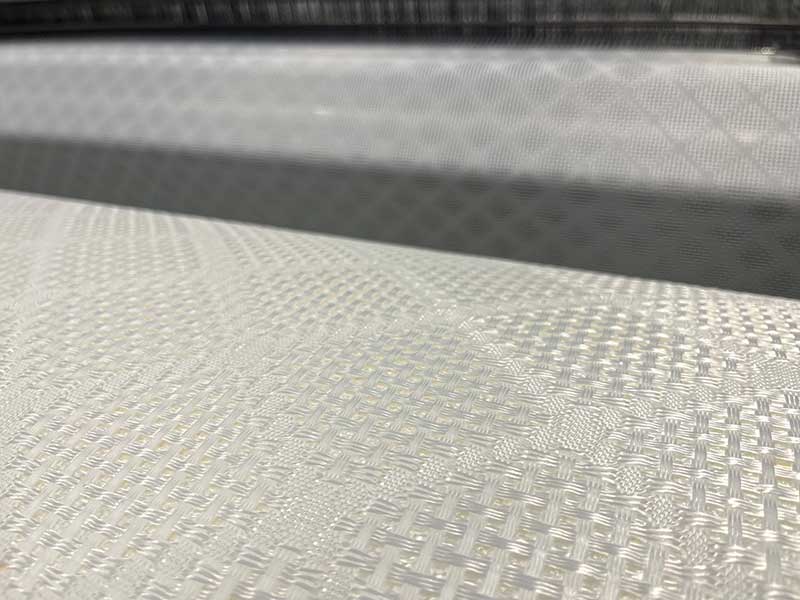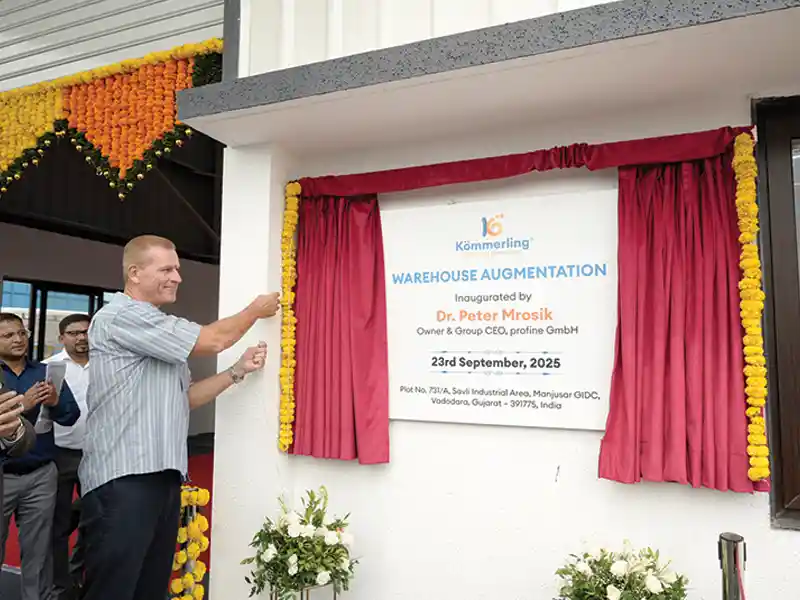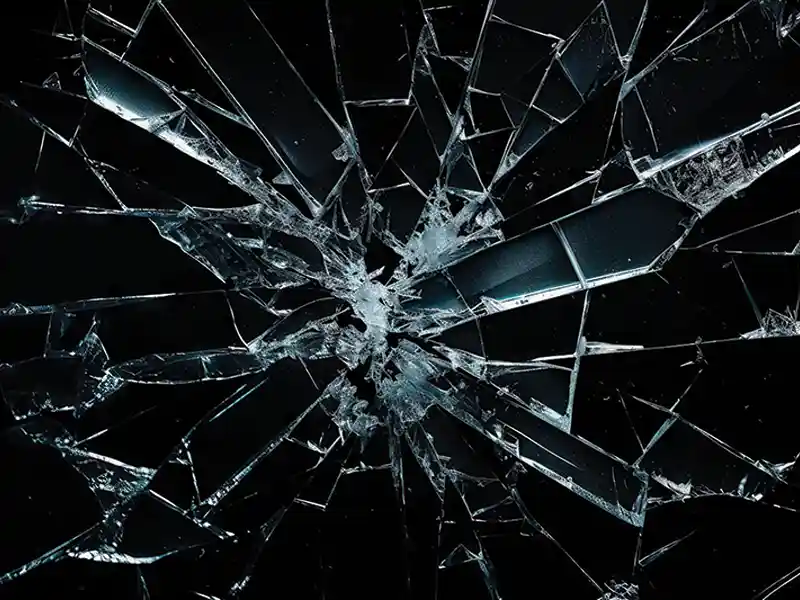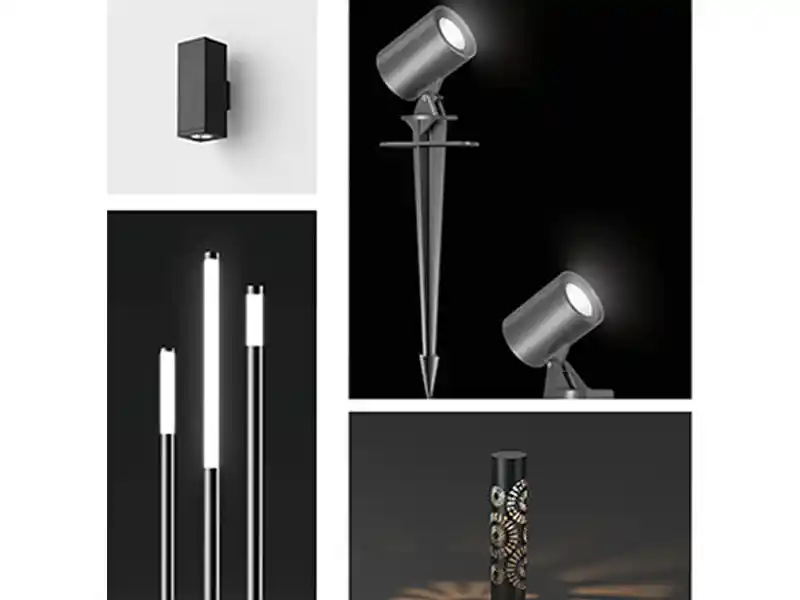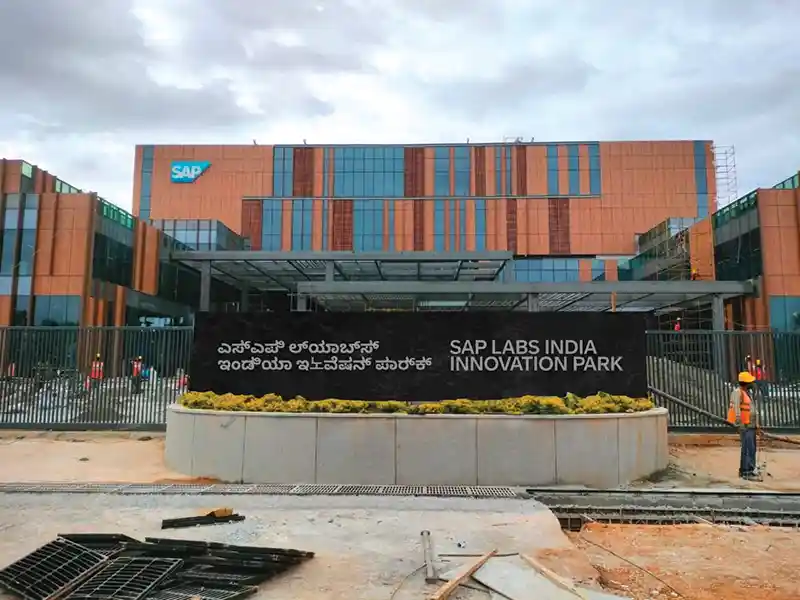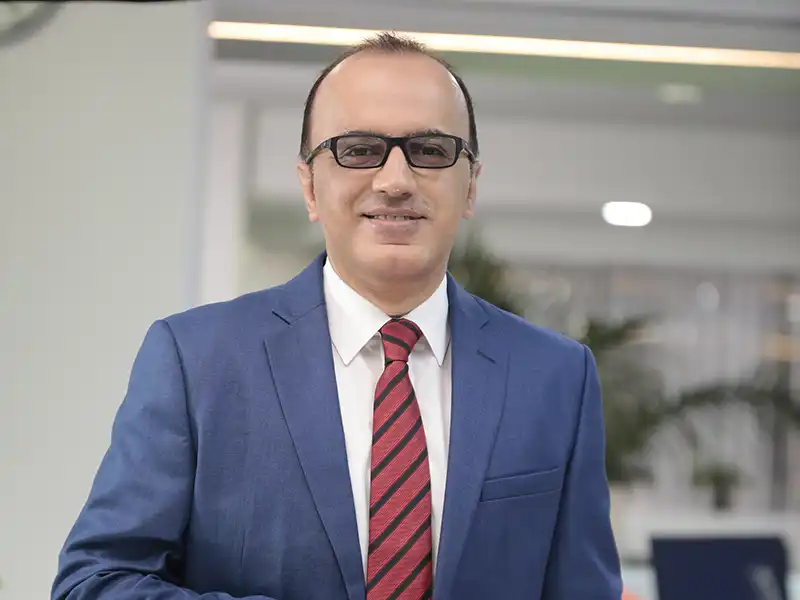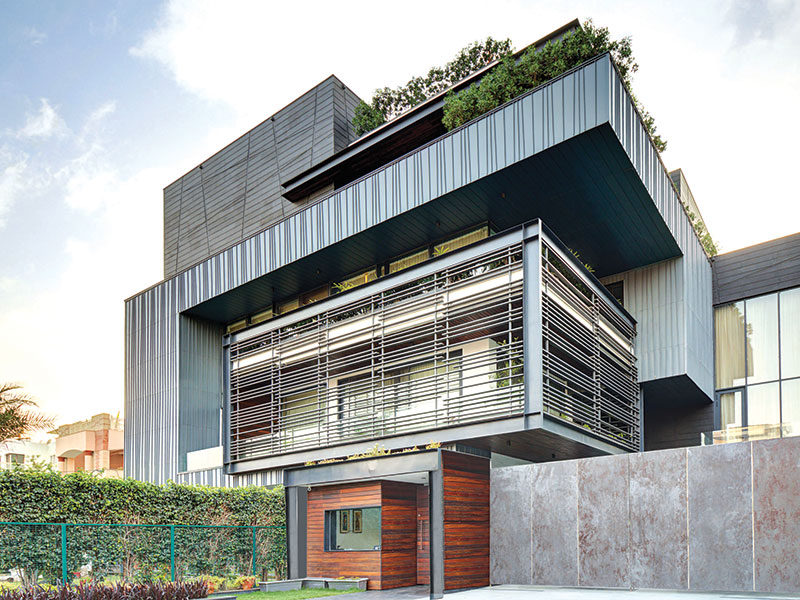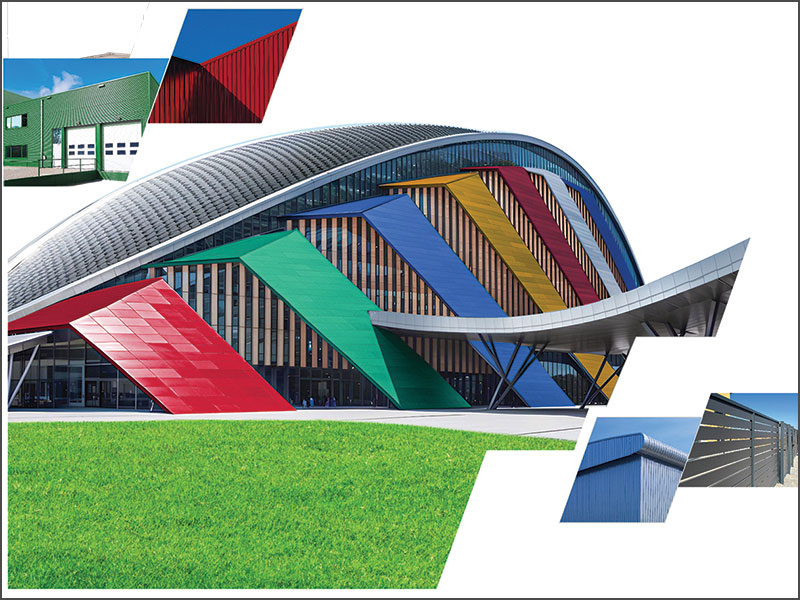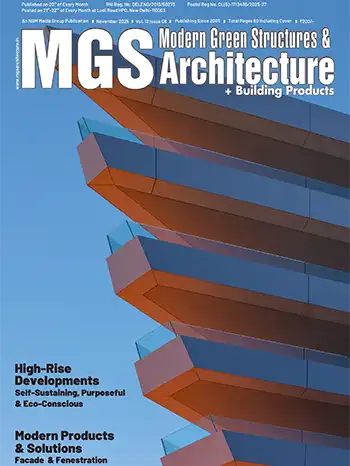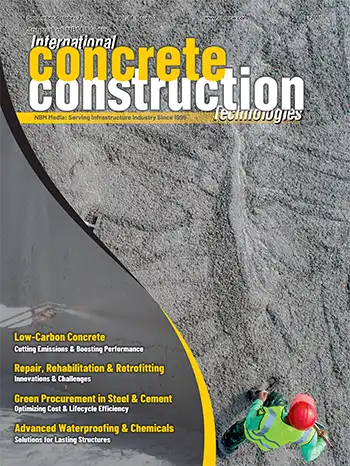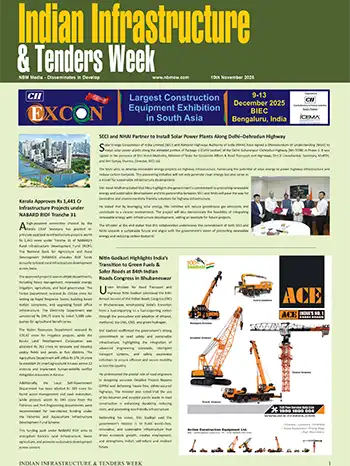Mehler’s bespoke Weaving Patterns for Fabric Roofs and Façades, with their unique designs and custom-made weaving patterns, open up a totally new creative field for architects and engineers using these fabrics.
Katja Bernert
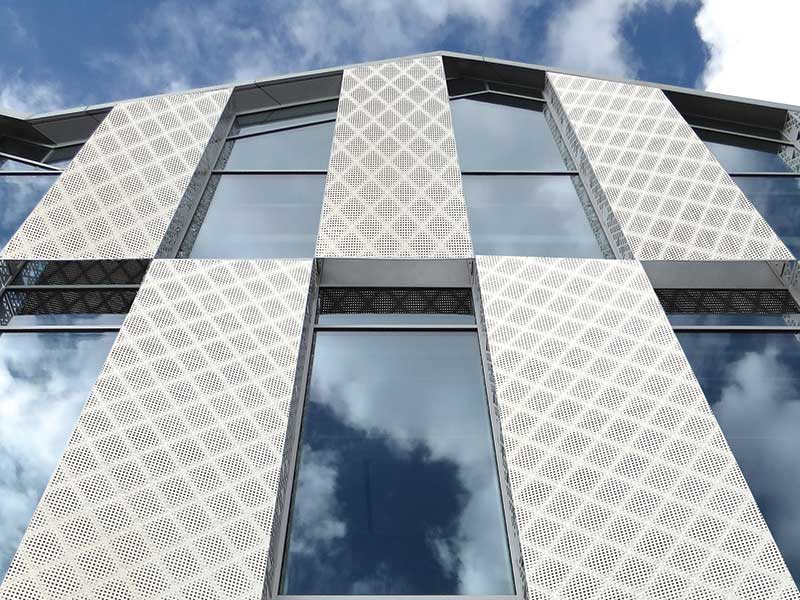
Bild Fassade
Technical textiles are known for their efficiency in covering vast spaces with homogeneous, strong fabrics. Because the structures are lightweight, durable, and recyclable, they are most suitable in making our built environment more sustainable. Textile roofs and façades contribute towards making the building industry net zero. Being responsible for about 40% of the world’s CO2 footprint, the building sector has a great responsibility to reduce raw material consumption and to save energy – from building permanent structures to their maintenance.
Only recently, the German weaving and coating company Mehler Texnologies presented an innovative technology that involved using recycled PET bottles for the fabric of one of their architectural membranes: a milestone in making textile architecture even more sustainable.
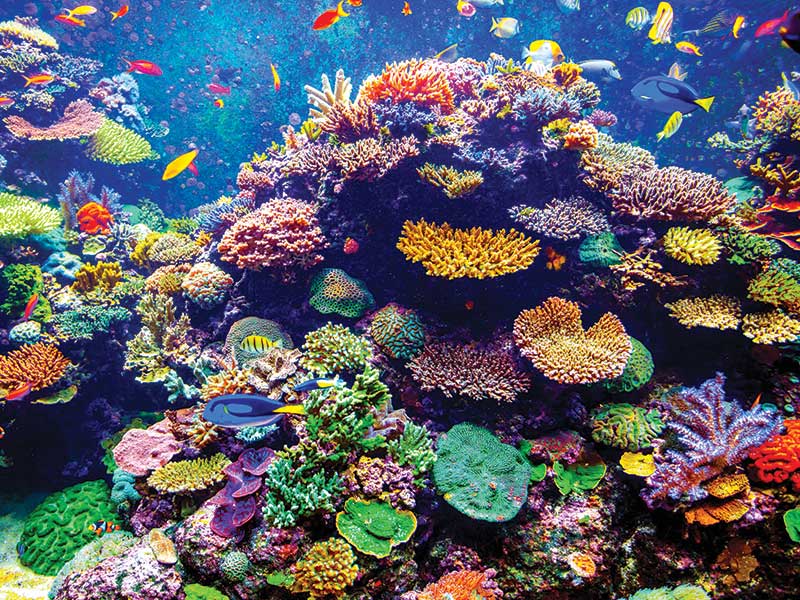
Coral
The great majority of fabrics for textile roofs are done using the millennium-old basket weave technology. A smaller part of textile architecture projects like fabric façades use meshes. Here again, it was Mehler Texnologies that set a new trend; recently, the German weavers introduced woven patterns for tensioned structures. For the industry which deals with mostly homogeneous, pretensioned fabrics, this again was a milestone. Both, the aesthetic qualities of the embellished fabrics as well as the impression of the shadows play crucial roles in the design process – the reason why architects and engineers using these fabrics are highly enthusiastic about their design potential and creativity.
In a prestigious application of this brand-new technology, Mehler Texnologies, along with a world-renowned British design team, developed a bespoke weave for huge 20-meter diameter umbrellas in a resort within the Red Sea for a Saudi Arabian client.
Structurally, the patterns must comply to the same rules as applied for basket weave fabrics. When looking at the biaxial behaviour, for example, it is obvious that diagonal lines within a mesh behave differently when compared to a strictly homogeneous panama weave. The innovative pattern was tested along the norms usually prescribed in a datasheet for conventional fabrics. The bespoke weave complied surprisingly well to the standard test methods, which minimised the engineering challenges.
In the future we will see more of these examples of sustainable lightweight architecture in textile roofs and façades. For the textile architecture industry, it is essential to identify and explain the main advantages of using lightweight fabrics. Architects and engineers need to know the conditions that are most apt for using textiles – either with or without a bespoke weave. There are countless options for applying woven patterns as sustainable façade and roofing options. The resort featuring the bespoke weave is just one of them. The special appeal of the Red Sea project is the fabric’s beautiful colours mirroring the beauty of the surrounding coral sea, making it a trendsetter for seeing more individual weaving patterns and a greater variety of colours in textile architecture in our built environment.
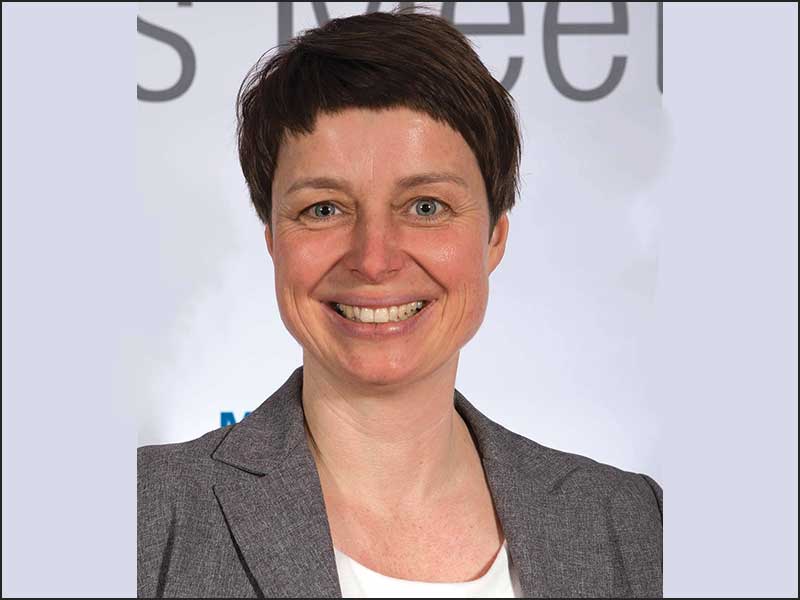
 Bild Fassade
Bild Fassade Coral
Coral